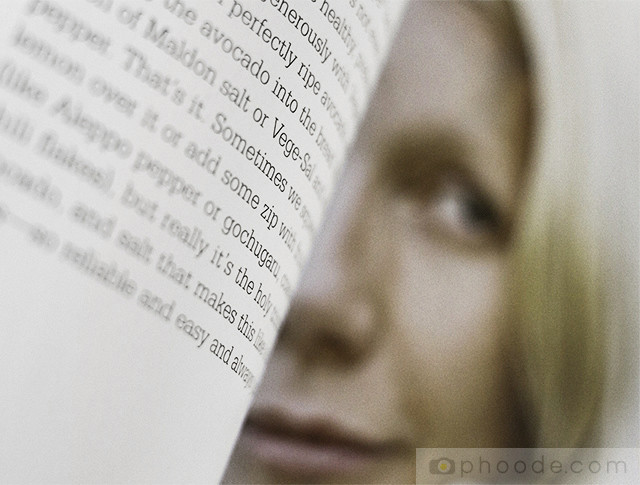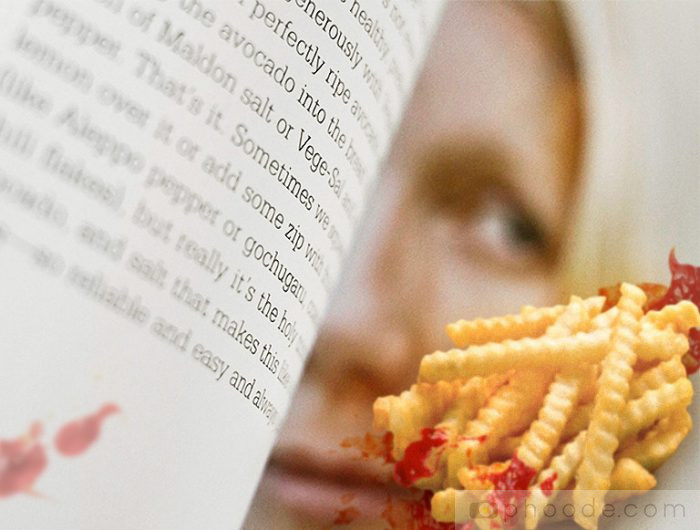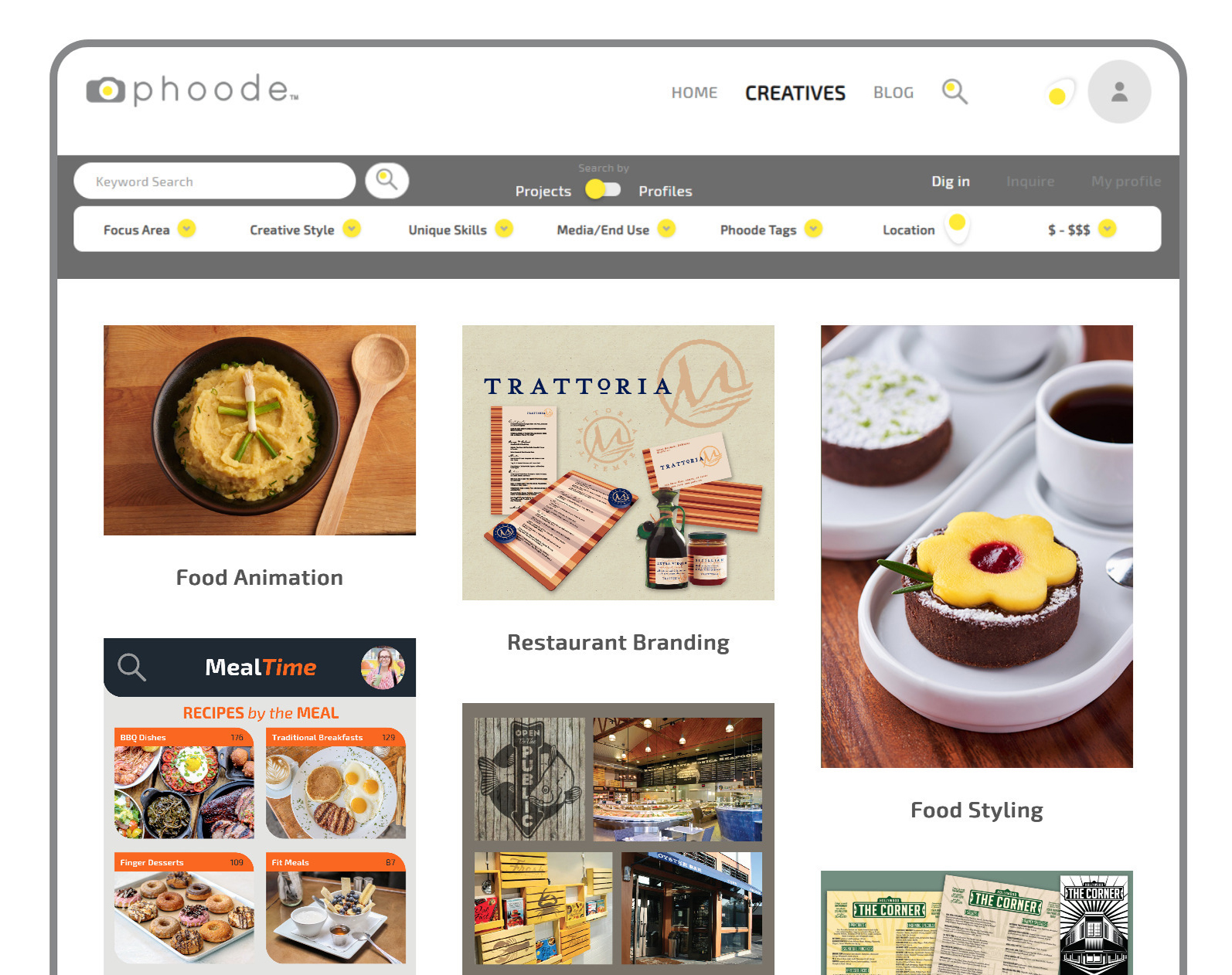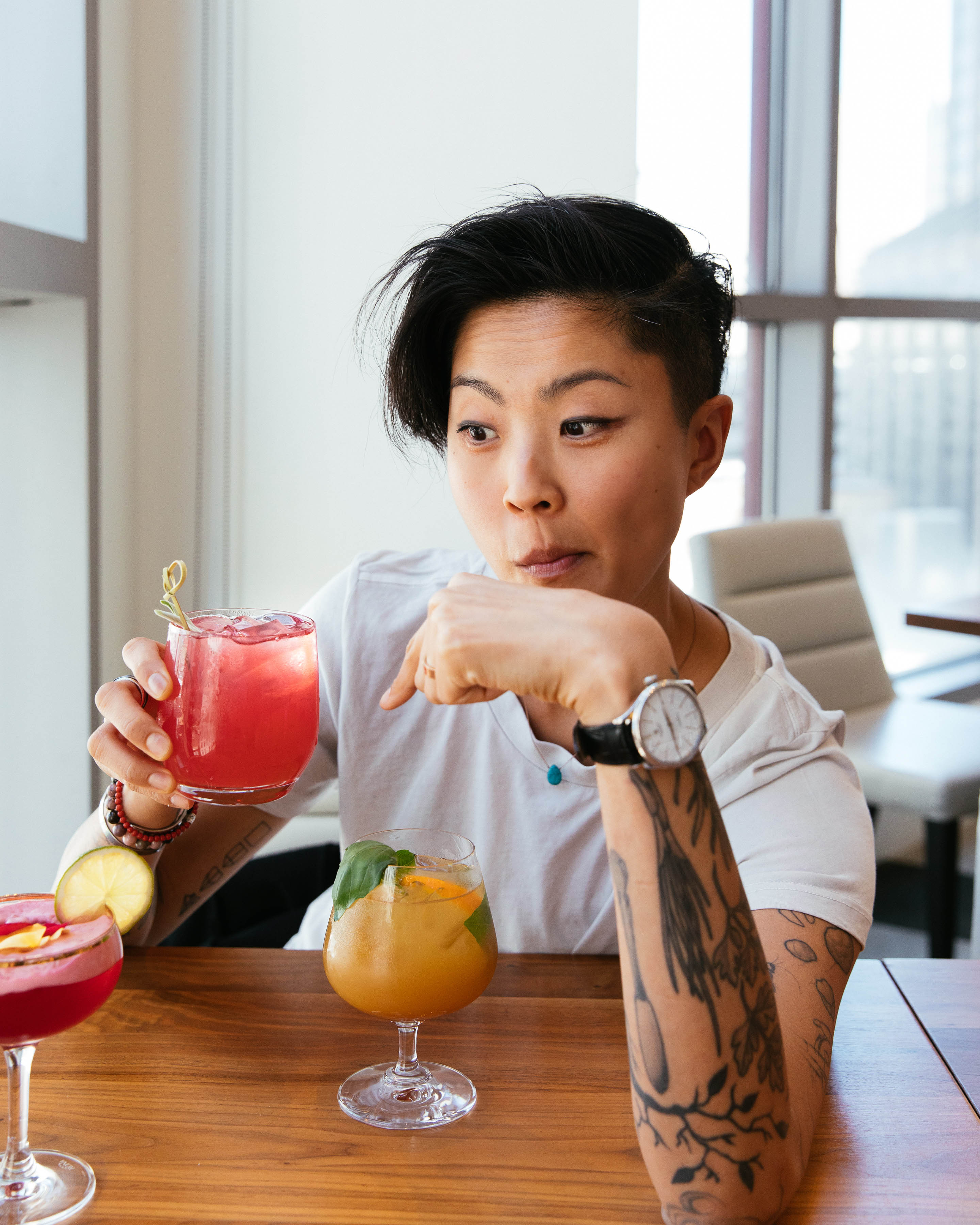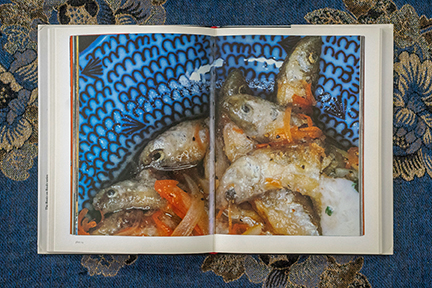It’s All Good? Gwyneth Paltrow’s Cookbook and Celebrity Food Branding
“I thought I was having a stroke,”
Gwyneth Paltrow confesses in the first paragraph of her third published cookbook, titled It’s All Good. Before the Academy Award winning actress and self-proclaimed lifestyle guru begins doling out recipes, she confides in her readers a harrowing ordeal that took place at her London garden back in 2011…
…Initially, she felt a bit faint. Her family and friends expressed concern, but the multi-millionaire actress brushed them off. Moments later, everything went black. When she came to and saw a doctor, it was revealed that Paltrow had suffered from a migraine and low hemoglobin levels. A stress-induced panic attack had exacerbated her condition, culminating when she lost consciousness and collapsed in her own backyard.
For the record, I can sympathize with Gwyneth to an extent. As a writer, I am constantly scrutinizing my own work. I worry that a misplaced comma or misspelled word might lead readers to believe that I am a blabbering, under-qualified nitwit. So, I can only imagine that life underneath a microscope, no matter how seemingly glamorous, occasionally becomes nerve-racking. However, I began to dissociate the moment Paltrow began to blame overindulging on french fries and wine as a major contributing factor to her minor health scare.
I know I’m a little late to the game – It’s All Good was actually published back in 2013. What’s more, I realize Gwyneth is an especially easy target to ridicule and criticize. One look at her lifestyle brand Goop reveals that Paltrow’s opinions on health and wellness issues are questionable at best. Regardless, from the moment I picked up the hardcover at my local library, I’ve been simultaneously horrified and fascinated by this book. Actually, I initially believed that the librarian had accidentally filed the volume on the wrong shelf. It’s only after taking a good hard look that viewers can detect hints of food at all, presented in the form of unidentifiable leafy greens. Instead, the cover photograph focuses primarily on Gwyneth, whose loose golden hair frames a wide, white smile.
The subheading, floating above Paltrow’s head like a halo, reveals the book’s intention and delivers a promise: “DELICIOUS, EASY RECIPES that will make you LOOK GOOD and FEEL GREAT”.
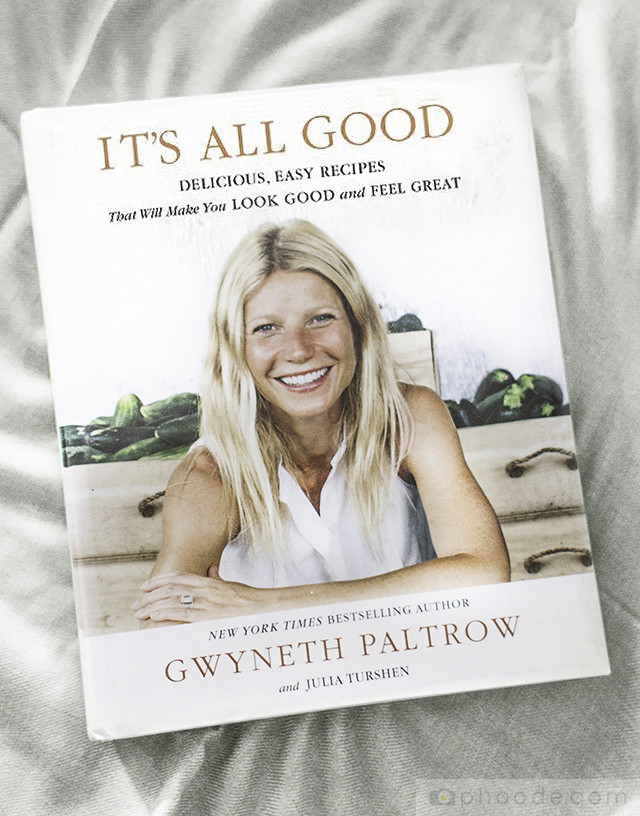
Upon flipping through the pages, I noticed that the book featured nearly as many pictures of Gwyneth as it did the things she had cooked up. She’s generally clad in whites and beiges, despite infamously advising her disciples to eradicate those colors from their diets. Featured foods are drenched in sunlight, to the point of being over exposed. It’s impossible to ignore the implication that the objects of these photographs are “pure” and cleansing.
Throughout the book, Paltrow gushes over a cure-all restorative “elimination diet” free of gluten, dairy, sugar, and alcohol among other things. Accredited nutritionists have since expressed doubt at the long term health benefits of elimination dieting. What’s more, Paltrow’s version of the diet omits the eventual reintroduction of “problematic” foods that mark a true elimination diet. Nevertheless, she’s adamant that the dietary regimen miraculously cured her near-death bout of anemia. The sterile, white-washed images included in the volume fall perfectly in line with the message she’s trying to sell.
As one might expect, this book doesn’t exactly offer snippets of culinary genius. In its defense, the book clearly promise easy recipes. Regardless, it’s hard to commend a three ingredient popcorn “recipe” (corn kernels, sea salt, and olive oil over a hot kettle). However, the most damning aspect of It’s All Good isn’t its low effort recipes. In its curation of recipes and overall presentation, this book reveals just how oblivious Paltrow is to the way the world functions outside of her bubble. Which, frankly isn’t all that surprising – it’s one of the most common condemnations the celebrity faces.

Looking into the details of her life, it makes sense that she would be out of touch. She was born into a wealthy Hollywood family. In all likelihood she’s never experienced the hardships inherent to life outside of southern California. A few years back, she attempted to subside for a week on a $29 food stamp budget – she failed spectacularly by caving just 4 days into the challenge.
I’m not trying to say that any of this somehow makes her a bad person. Hell, if I could live in an almost perfect world and never have to worry about getting my monthly bills paid, I probably would. What rubs me the wrong way is Gwyneth’s attempts at pretending to be just like you or I. Deep down, our children will never grow to love (or even attempt to try) “savory broiled tofu” the way Apple Paltrow does.
Despite it’s pitfalls, I believe that It’s All Good may be a stroke of branding genius.
And the numbers are there to support that belief. According to NovelRank.com’s data, nearly 30,000 copies sold on Amazon alone over the past several years.
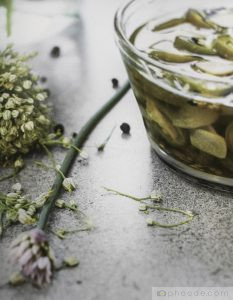
I quickly lost any remaining faith in Gwyneth’s words when I caught sight of a “buttercream” consisting of little more than globs of non-hydrogenated palm oil blended with a pinch of Stevia. But for every naysayer like me, there’s someone out there buying into the healthy narrative Paltrow is selling. Bare-boned recipes are paired with minimalistic, easy to digest photographs. Everything presented is identifiable, in theory putting diners at ease by displaying exactly what’s going into their bodies. The whole production is very clean, Food Network friendly. Even “messy” shots seem carefully calculated. Precisely arranged shallot skins create balanced compositions. An unseen, unpaid intern has almost certainly painstakingly swiped sauce remnants onto the glass and ceramics pictured. All of these elements work together into our collective perception of what Gwyneth Paltrow, as a brand, stands for.
A cynic might gripe that It’s All Good feels inauthentic and artificial. I certainly feel that it is. Frankly, it’s hard for me to view diets as much more than malicious marketing techniques that thrive on people’s insecurities. However, being inauthentic and artificial doesn’t make Gwyneth’s endeavor a failure from a business perspective. At its core, I don’t believe that this book ever intended to be something honest and real.
Instead, it’s another tendril of the lifestyle empire she’s been building for years. This book is an attempt to convince readers that Paltrow is just like you or I – or, rather, what you or I could be if we set our minds to it. It’s a tempting thought. She’s rich and effortlessly beautiful. She’s the deified wife and mother that never tires of being a wife and mother. From the outside looking in, she is the epitome of peak physical and mental health. She is her own best selling point, though she’d never say it aloud. But it’s easy to read into the underlying message. By following her recipes, readers are led to believe that it’s possible to become a bit more like Paltrow. And with that sentiment, she’s able to continue lining the pockets of her wrinkle-less slacks.
Some people may sincerely buy into the fantasy presented, desperately clinging onto the belief that food is a gateway to Malibu beaches and sun-kissed, freckled skin. Others may only care about replicating the surface-level image Paltrow seems to maintain with such ease. Either way, the desire to present and live like a woman that has it all has made this book a commercial success. Many likely disagree that everything the celebrity serves is all good. But, there is one point that’s easy to agree on – it’s all perfectly Gwyneth.
